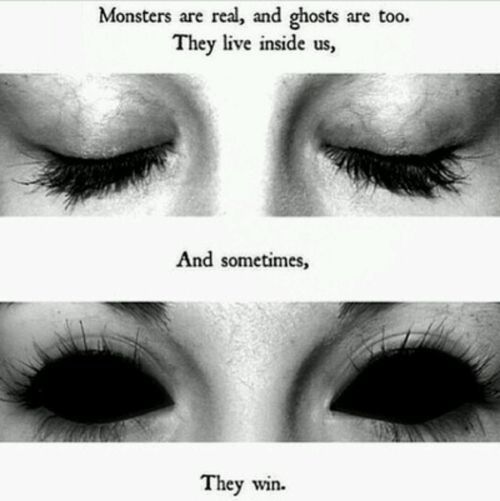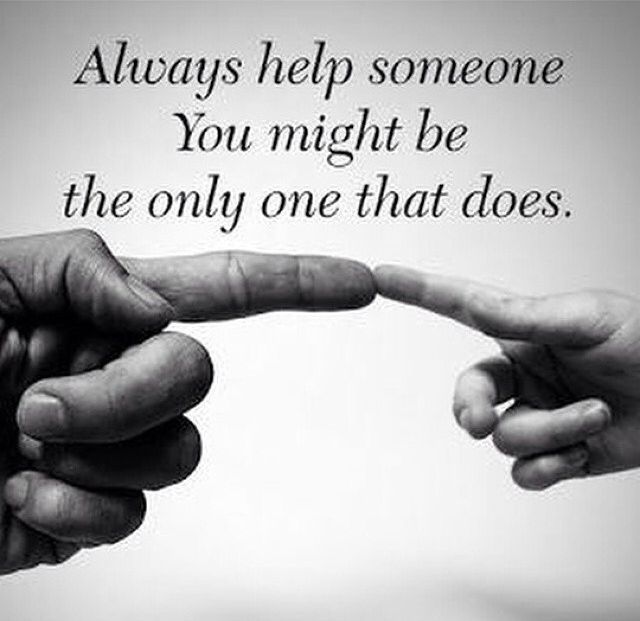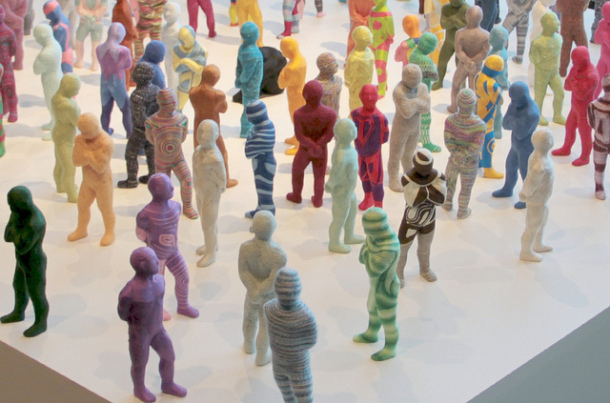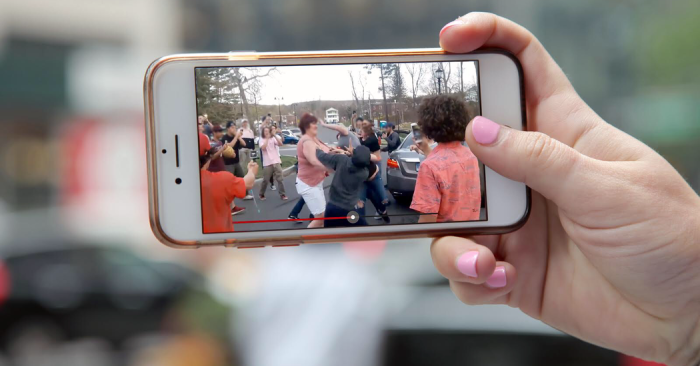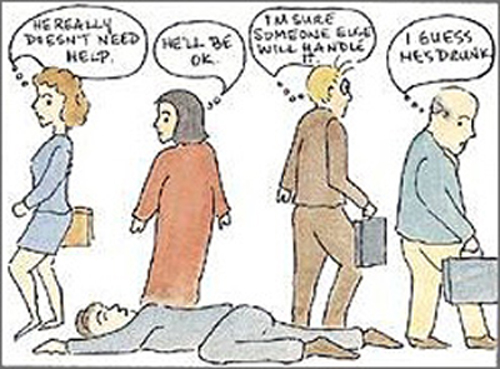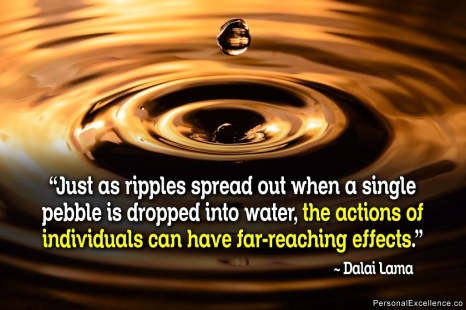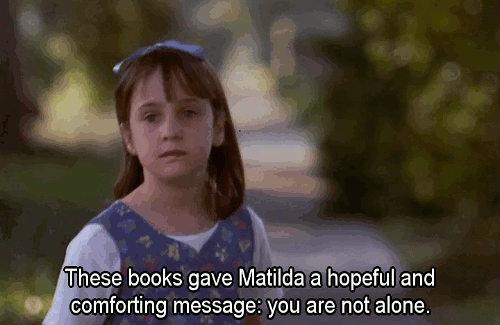Hello readers! As many of you know, I have a sort of crush on Mulan (the movie and the character)! My favorite song is not, surprisingly, I’ll Make a Man Out of You, but Reflection, hence the title of the post.
No, not really. While I would love to write about Mulan and the amazingness of this movie, this week is National Eating Disorder Awareness Week, and it exactly what I will be talking about.
“Do I want to die from the inside out or the outside in?” Wintergirls
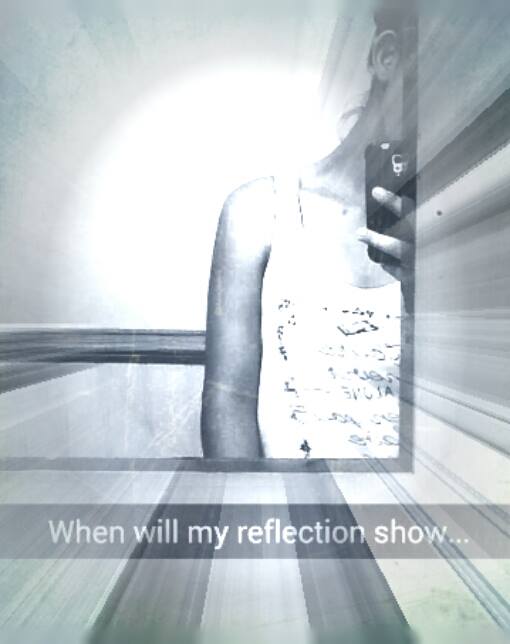
Okay, so awhile back I read a book called Wintergirls, by Laurie Halse Anderson. Wintergirls is the story of eighteen-year-old Lia Overbrook, a girl with anorexia and someone who self-harms who loathes her body, her family, and her life. All these emotions are heightened when Lia’s best friend Cassie who suffers from bulimia, dies in a motel room after a long session of bingeing and purging. Wow, Peña, from Mulan to death in a motel, that escalated quickly.
See that is the thing with eating disorders, they escalate quickly. There are a lot of different types of eating disorders, but the main three I will be focusing on is bulimia, anorexia, and binge eating. Eating disorders, such as bulimia, binge eating disorder, and anorexia, are serious illnesses that involve extreme emotions, attitudes, and behaviors surrounding food, exercise, and body image.
Contrary to common stereotypes, eating disorders affect all kinds of people, regardless of gender, ethnicity, age, socioeconomic status, sexuality, or background. Most of the people who seek treatment are white females, but the number of eating disorders in non-white people has been increasing, and while it was considered at one point to be a “female disorder” more and more males are starting to fall victims to one or more eating disorders. In fact, 30 million Americans will struggle with an eating disorder at some point in their lives.
I am just going to give a quick summary of the three main eating disorders and include some hyperlinks for additional information, but I will come back to this subject matter in various later post.
“I failed eating, failed drinking, failed not cutting myself into shreds. Failed friendship. Failed sisterhood and daughterhood. Failed mirrors and scales and phone calls. Good thing I’m stable. ” Wintergirls
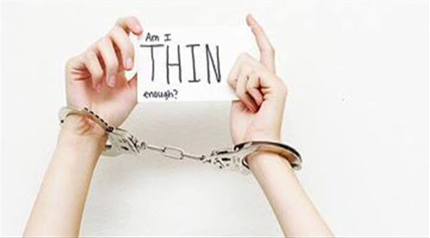
Bulimia- dying from the inside out
Bulimia nervosa, oh you fiend. Bulimia nervosa is actually the eating disorder that I dislike the most. Here is why: this is a serious, potentially life-threatening eating disorder characterized by a cycle of bingeing and compensatory behaviors such as self-induced vomiting designed to undo or compensate for the effects of binge eating. Basically, you eat and then throw up what you ate.
Some of the symptoms include: frequent episodes of consuming very large amount of food followed by behaviors to prevent weight gain, such as self-induced vomiting. A feeling of being out of control during the binge-eating episodes. Self-esteem overly related to body image. Like any mental health condition this disorder can be co-morbid such as: self-injury (cutting and other forms of self-harm without suicidal intention), substance abuse, and an increase in impulsivity (risky sexual behaviors, shoplifting, whatever it maybe.) Little to no regard is placed to living.
Here is why I called it a fiend: bulimia is extremely hard to catch. People with bulimia usually have normal or a little above normal weight. To the world who considers eating disorders as a condition that causes a person to be either too fat or too thin, bulimics can pass under the radar of healthy. That is the illusion that kills. According to the DSM-5, the official diagnostic criteria for bulimia nervosa are: recurrent episodes of binge eating. An episode of binge eating is characterized by both of the following: eating, in a discrete period of time (e.g. within any 2-hour period), an amount of food that is definitely larger than most people would eat during a similar period of time and under similar circumstances, and a sense of lack of control over eating during the episode (e.g. a feeling that one cannot stop eating or control what or how much one is eating). Usually this behavior is done away from the view of anyone. This next one part is what kills the bulimic from the inside out. People with bulimia have recurrent inappropriate compensatory behavior in order to prevent weight gain, such as self-induced vomiting, misuse of laxatives, diuretics, or other medications, fasting, or excessive exercise. The binge eating and inappropriate compensatory behaviors both occur, on average, at least once a week for three months. Three months! Do you know who much damage you throwing up can cause for three months? That’s also, if, the disorder gets catch.
“Here stands a girl clutching a knife. There is grease on the stove, blood in the air, and angry words piled in the corners. We are trained not to see it, not to see any of it.” Wintergirls
Anorexia-dying from the outside in
Anorexia nervosa, I shake my head in sadness. This is an eating disorder characterized by weight loss (or lack of appropriate weight gain in growing children); difficulties maintaining an appropriate body weight for height, age, and stature; and, in many individuals, distorted body image. People with anorexia generally restrict the number of calories and the types of food they eat. This disorder breaks my heart, because that is one way that someone with anorexia can die. A heart attack. Some people with the disorder also exercise compulsively, purge via vomiting and laxatives, and/or binge eat. It’s the end-all-be-all of eating disorders.
Anorexia can affect people of all ages, genders, sexual orientations, races, and ethnicities. Here is something I just recently found out: historians and psychologists have found evidence of people displaying symptoms of anorexia for hundreds or thousands of years.
Although the disorder most frequently begins during adolescence, an increasing number of children and older adults are also being diagnosed with anorexia. PAUSE! I am about to break the biggest myth in mental health illness EVER! No one must be emaciated or underweight to have anorexia. Studies have found that larger-bodied individuals can also have anorexia, although they may be less likely to be diagnosed due to cultural prejudice against fat and obesity. Thanks, upside twisted ideas!
Here is what you need to have to be diagnosed with anorexia nervosa according to the DSM-5, the following criteria must be met:
- Restriction of energy intake relative to requirements leading to a significantly low body weight in the context of age, sex, developmental trajectory, and physical health.
- Intense fear of gaining weight or becoming fat, even though underweight.
- Disturbance in the way in which one’s body weight or shape is experienced, undue influence of body weight or shape on self-evaluation, or denial of the seriousness of the current low body weight.
This doesn’t help the heavy-set people with anorexia, which is why most of those cases go untreated.
However, even if all the DSM-5 criteria for anorexia are not met, a serious eating disorder can still be present. Atypical anorexia includes those individuals who meet the criteria for anorexia but who are not underweight despite significant weight loss.
“I am angry that I starved my brain and that I sat shivering in my bed at night instead of dancing or reading poetry or eating ice cream or kissing a boy…” Wintergirls
Binge Eating Disorder
Binge eating disorder, my understanding is with you. This is a severe, life-threatening and treatable eating disorder characterized by recurrent episodes of eating large quantities of food often very quickly and to the point of discomfort; a feeling of a loss of control during the binge; experiencing shame, distress or guilt afterwards; and not regularly using unhealthy compensatory measures (purging) to counter the binge eating. It is the most common eating disorder in the United States.
BED is one of the newest eating disorders formally recognized in the DSM5. Before the most recent revision in 2013, BED was listed as a subtype of EDNOS (eating disorder not otherwise specified), now referred to as OSFED (Other specified feeding or eating disorder).
Like said above, it is the most common eating disorder in the United States. The formal diagnostic criteria are:
- Recurrent episodes of binge eating. An episode of binge eating is characterized by both of the following:
- Eating, in a discrete period of time (e.g., within any 2-hour period), an amount of food that is definitely larger than what most people would eat in a similar period of time under similar circumstances. Similar to bulimia.
- A sense of lack of control over eating during the episode (e.g., a feeling that one cannot stop eating or control what or how much one is eating). Again, similar to bulimia.
- The binge eating episodes are associated with three (or more) of the following:
- Eating much more rapidly than normal.
- Eating until feeling uncomfortably full.
- Eating large amounts of food when not feeling physically hungry.
- Eating alone because of feeling embarrassed by how much one is eating.
- Feeling disgusted with oneself, depressed, or very guilty afterward.
- Marked distress regarding binge eating is present.
- The binge eating occurs, on average, at least once a week for 3 months.
- The binge eating is not associated with the recurrent use of inappropriate compensatory behaviors (e.g., purging) as in bulimia nervosa and does not occur exclusively during the course of bulimia nervosa or anorexia nervosa.
Fun fact: eating disorders, most of the time, is because the person feels like the only thing she/he can control is the food they intake and often times the disorder ends up controlling them.

An eating disorder causes our reflections to be distorted. The person knows they have a world to offer the world and yet all they see when they look in the mirror is a monster, a fat, out-of-control monster. Hiding the disorder makes them feel isolated. They put on a mask for the world and eventually while behind the mask, they want to show who they really are inside.
“Eating was hard. Breathing was hard. Living was hardest.” Wintergirls
If you want to know about risk factors and possible causes, click here.
To those suffering from any form of eating disorders, you are not alone. To those asking when your reflection will show who you are inside, know that I know who you are inside. Your reflection should not matter. What is on the outside does not compare to what is on the inside. A person who is loving and caring.
Please, if you are struggling with an eating disorder get help. Talk to someone. I, though I am not yet a professional psychologist, am here for you. Also, you can always call or text 800-273-8255 or text ANSWER to 839863 for crisis counseling. They are open twenty-four hours a day, seven days a week because they care about you.
For additional contact information on various mental health topics, click here.
“Why is my reflection/Someone I don’t know?/ Must I pretend that I’m/ Someone else for all time?/ When will my reflection show/ Who I am inside?” Reflection
